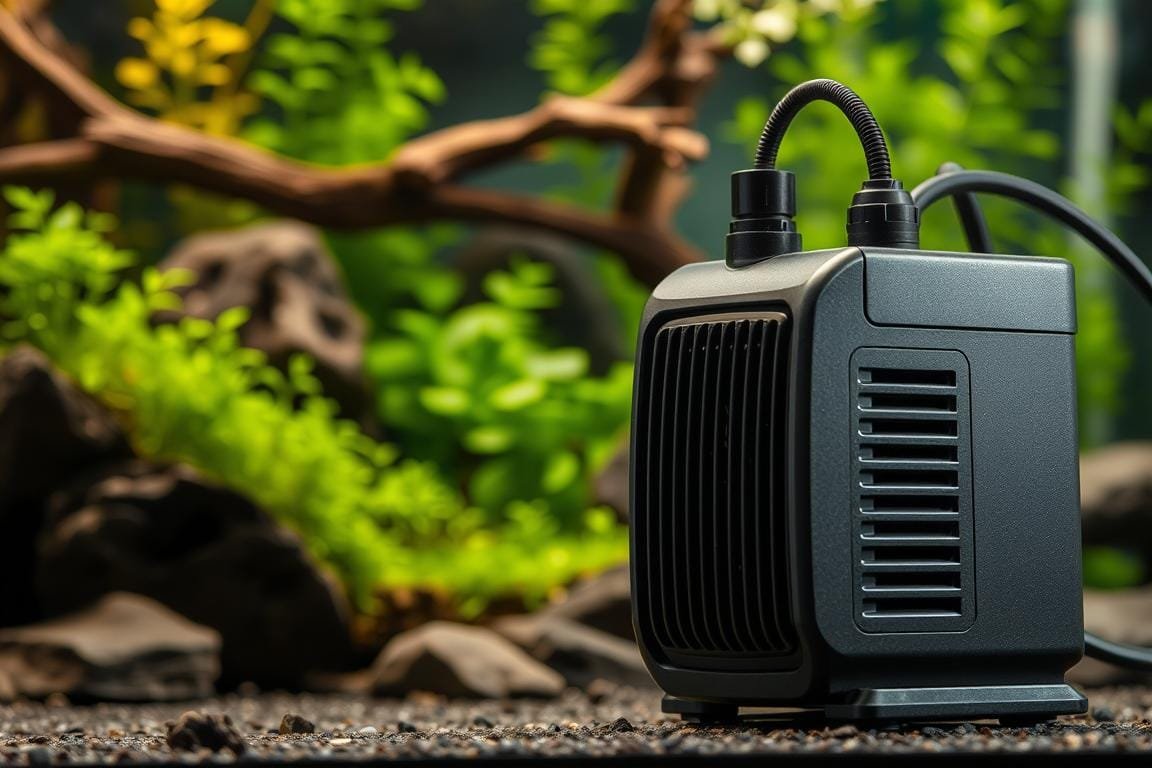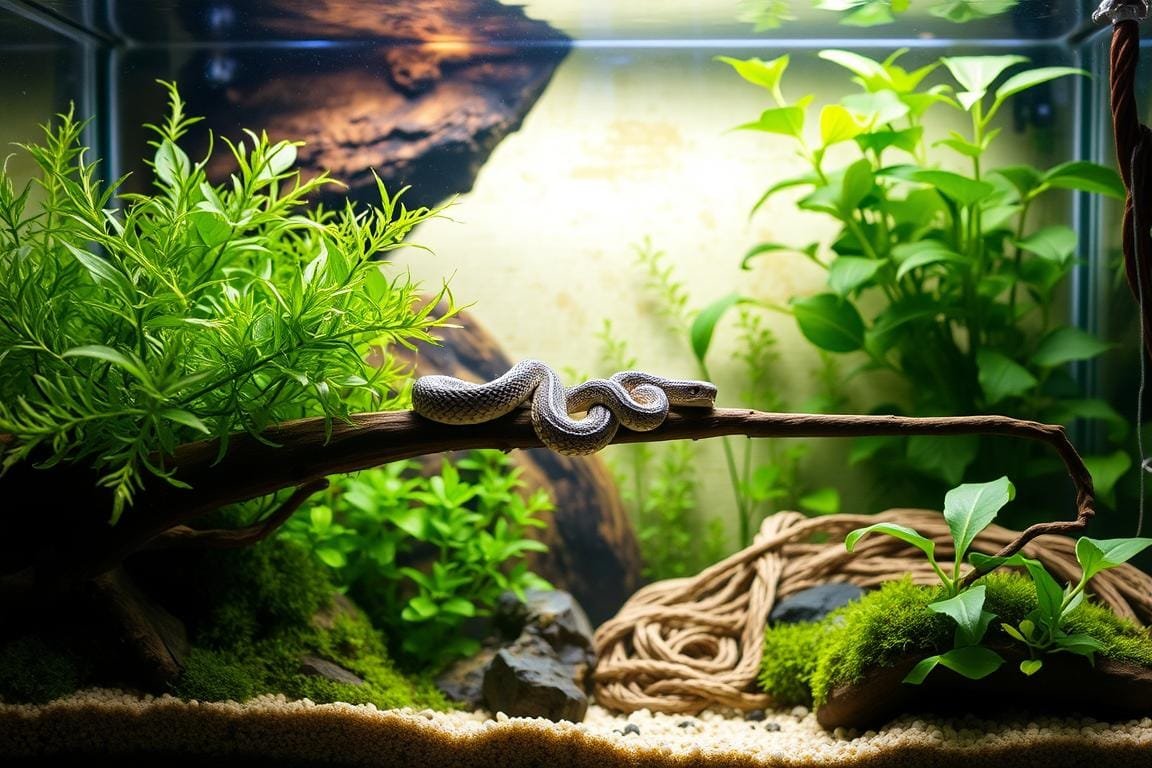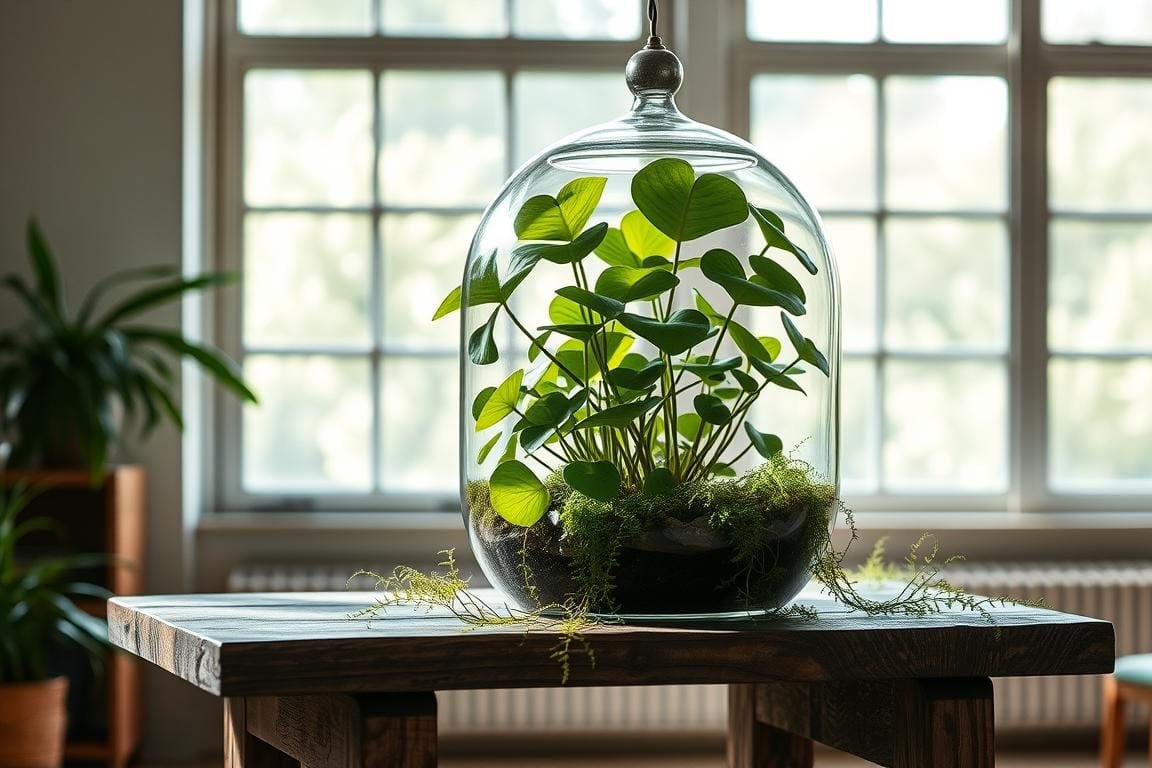Creating a healthy habitat for your scaly friends starts with clean water. Whether you’re setting up an aquarium, paludarium, or terrarium, choosing the right equipment makes all the difference. This guide reviews top-performing systems to help you maintain crystal-clear water and reduce odors effortlessly.
We’ve analyzed trusted brands like Exo Terra and The Bio Dude to compare features, pricing, and performance. Their multi-stage filtration technology tackles debris and harmful bacteria, keeping habitats fresh. Even beginners will appreciate how these models simplify maintenance while prioritizing pet safety.
By the end of this article, you’ll discover:
- Key differences between leading products
- Expert tips for balancing cost and quality
- How to match a system to your tank’s size and needs
Let’s dive into the details so you can make an informed choice with confidence!
Discover the Benefits of a Reptile Filter Pump
A well-functioning aquatic system is essential for your pet’s health and happiness. Modern equipment does more than move water—it creates ecosystems where animals thrive. Let’s explore how these tools transform habitats into vibrant, odor-free spaces.
Enhanced Water Quality for Your Habitat
Advanced systems use multi-stage processes to remove contaminants. Mechanical layers catch debris, while biological stages break down harmful waste. This dual action keeps water clear and safe for sensitive species like turtles or amphibians.
Brands like The Bio Dude design models that support waterfalls and streams. These features mimic natural environments, encouraging active behaviors. Whether you’re maintaining an aquarium or paludarium, consistent flow prevents stagnant zones where bacteria grow.
Creating a Safe and Clean Environment
Reliable equipment reduces manual cleaning by trapping uneaten food and waste. Less buildup means fewer odors and healthier air quality. For example, compact pumps in 10-gallon tanks work as effectively as larger setups when paired with proper filters.
By integrating these systems, you’ll notice calmer pets and clearer viewing areas. Your scaly companions can bask or swim without irritation from cloudy water. It’s a simple upgrade with lasting rewards for their well-being.
In-Depth Look at Top Reptile Filter Pump Options
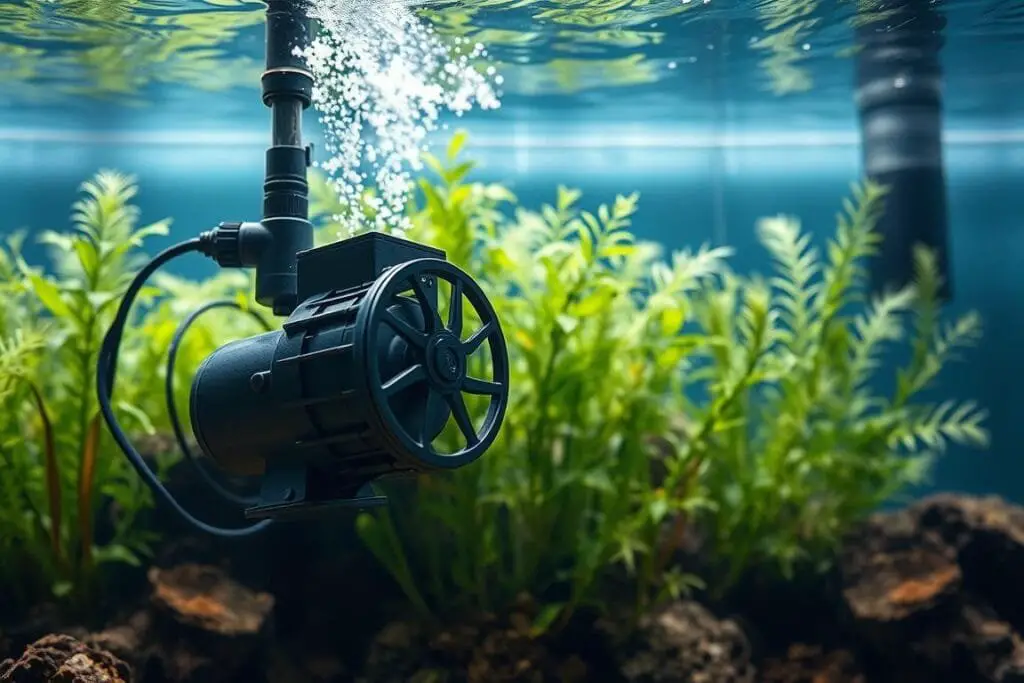
Modern filtration technology offers tailored solutions for diverse aquatic environments. Let’s examine leading models that balance efficiency with habitat-specific needs, helping you find the perfect match for your setup.
Highlighting Leading Models and Features
The Aquatop MaxFlow series stands out with customizable flow rates, ideal for tanks up to 50 gallons. Its whisper-quiet operation and energy efficiency make it a favorite among turtle owners. Exo Terra’s multi-stage systems use mechanical and biological layers to break down waste while preserving beneficial bacteria.
Insights from Aquarium and Paludarium Filters
Paludariums benefit from adjustable flow pumps like Repti Flow, which handle both submerged and semi-aquatic zones. For aquarium setups, The Bio Dude’s modular designs simplify maintenance without disrupting decor. Experts recommend checking best filters for red-eared sliders when prioritizing water clarity for sensitive species.
Comparing Performance and Pricing
| Model | Flow Rate | Filtration Stages | Price |
|---|---|---|---|
| Aquatop MaxFlow | 265 GPH | 3 | $59 |
| Repti Flow Pro | 200 GPH | 2 | $47 |
| Exo Terra FX300 | 180 GPH | 4 | $68 |
Higher-priced models often include self-priming features or UV sterilization. Budget-friendly options still deliver reliable water circulation but may require more frequent media changes. Always match the system’s capacity to your tank size for optimal results.
Choosing the Right Filter Pump for Your Aquarium and Reptile Needs
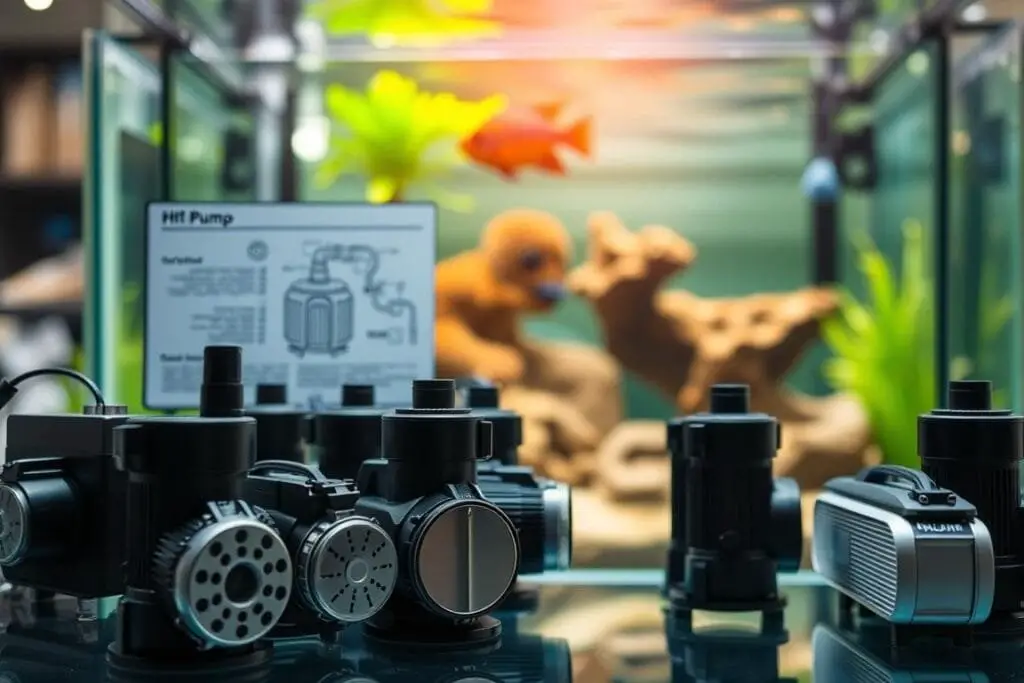
Selecting the ideal equipment for your aquatic setup requires balancing technical specs with your pet’s unique environment. Let’s break down how to navigate product details and tailor systems for different habitats.
Understanding Product Specifications
Flow rate (measured in gallons per hour) determines how quickly a system cycles water. For turtles or amphibians, aim for models that process the entire tank volume 4-6 times hourly. Exo Terra’s 3-stage units excel here, combining mechanical, biological, and chemical layers to handle waste without frequent media changes.
Integrating Systems for Various Setups
Paludariums need adaptable equipment that manages both submerged and dry zones. Semi-aquatic habitats benefit from adjustable flow settings to prevent overpowering shallow areas. In turtle tanks, prioritize models with intake guards to protect curious swimmers.
Multi-stage systems tackle visible debris and invisible toxins like ammonia. Exo Terra’s FX300 series, for example, uses foam pre-filters and bio-media baskets for thorough cleaning. Pair these with UV clarifiers in larger enclosures to control algae naturally.
When evaluating options, consider:
- Noise levels during nighttime operation
- Ease of accessing replacement parts
- Energy efficiency for 24/7 use
Test the system’s flow pattern before finalizing—gentle currents work best for hatchlings, while adults often prefer stronger movement. Always cross-check manufacturer sizing charts against your tank’s actual dimensions.
Final Thoughts on Maintaining a Healthy Reptile Habitat
Your pet’s vitality depends on crystal-clear aquatic environments. Multi-stage filters and adjustable flow systems, like those from The Bio Dude and Exo Terra, simplify habitat upkeep while supporting natural behaviors. These tools tackle debris and toxins efficiently, keeping water safe for sensitive species.
When selecting equipment, prioritize flow rates matching your tank size. Models with self-priming features or UV sterilization offer long-term value. The Bio Dude’s fast shipping ensures you can start upgrades quickly—many orders process within 1-2 business days.
Regular maintenance matters. Check intake screens weekly and replace media monthly to prevent clogs. Pair your pump with live plants for added natural filtration in aquarium setups.
Ready to transform your reptile’s home? Choose a system that balances performance with ease of use. Clean habitats mean happier pets—and more enjoyable moments watching them thrive!

